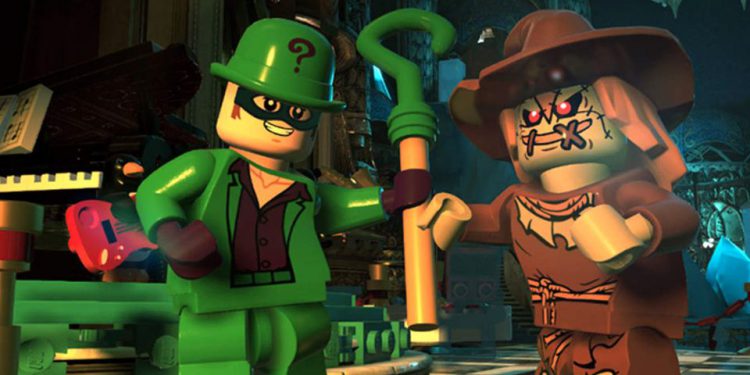
TT Games' LEGO game titles are a beloved yearly staple of the gaming release calendar, however the studio's more recent entries weren't as enjoyable to experience in co-op since it's earlier efforts due to an obnoxious split-screen system. As the older LEGO game titles, such as LEGO The exorcist: The Video Game, contained all of the action on a single screen whenever two players were involved, the series eventually adopted a dynamic split-screen system where players started out sharing the screen before splitting off into two once they strayed apart. This was changed once again with 2022's LEGO DC Super-Villains, which incorporated a static vertical split all the time, and the feature is placed to come back within the upcoming LEGO The exorcist: The Skywalker Saga, which will provide the Sequel Trilogy a large LEGO makeover.
The LEGO games were far better once the action was focused on one screen, partially because it was simpler to keep an eye on what each player was doing. It could have restricted player movement by continuing to keep them on the same screen, however the action was easier to follow and fewer overwhelming. Were players to satisfy in the centre as Superman and also the Flash in LEGO Batman 3: Beyond Gotham, or Spider-Man or Thanos in LEGO Marvel Super Heroes 2, they'd suffer from a rotating split-screen that adjusted to complement each player's position. It's a sound idea on paper, however in practice, it's pretty discombobulating, as each player is offered more or less of the screen to work with at any given moment, meaning the action occasionally gets stop.
The dynamic split-screen system certainly has its own fans (enough to warrant multiple Reddit threads complaining concerning the feature's disappearance in LEGO DC Super-Villains, as well as the upcoming LEGO Star Wars: The Skywalker Saga) but the fixed, vertical split-screen isn't any better either. While splitting each player's screen down the middle has allowed the LEGO games to get bigger and much more ambitious with each entry, it's just not as fun to play with a smaller amount of the screen to utilize. The chaos has been upped considerably while playing as characters in LEGO DC Super-Villains, but it is filtered right into a smaller window that makes it tougher for each player to maintain what's going on, not to mention each other's movements.
The Newer LEGO Games Might Be Bigger, However they Aren't Better

While the size of every new LEGO title is impressive, nothing can beat the gameplay from the series' earliest entries. LEGO Star Wars 2: The initial Trilogy, LEGO Indiana Jones: The initial Adventures, and LEGO Batman: The Videogame were simple but effective, pioneering a brandname of humor that will will continue to inform subsequent depictions from the LEGO brand in other media. Keeping everything on the same screen also ensured each player felt equally involved with confirmed level, enhancing the cooperative, puzzle-solving elements and keep things straightforward yet charming. The older LEGO games might seem restrictive in their own way, as players cannot venture off on their own, but it is less disorienting than the alternative seen in the current efforts.
Skywalker Saga brings major changes to LEGO's formula, boasting third-person shooter elements and much more exploration than in the past. However, the LEGO series was at its peak when it had players sharing exactly the same screen. It's undoubtedly impressive to determine what lengths the series has come since LEGO Star Wars: The Video Game was released in 2005, and while the newer entries continue to be a blast to play through in single-player, having fun with a buddy shouldn't feel like this type of chore.














